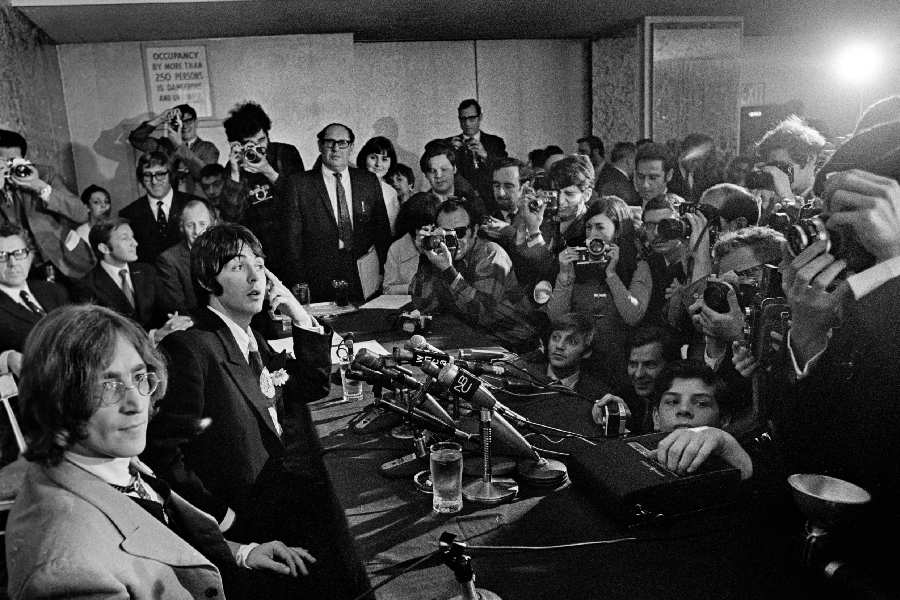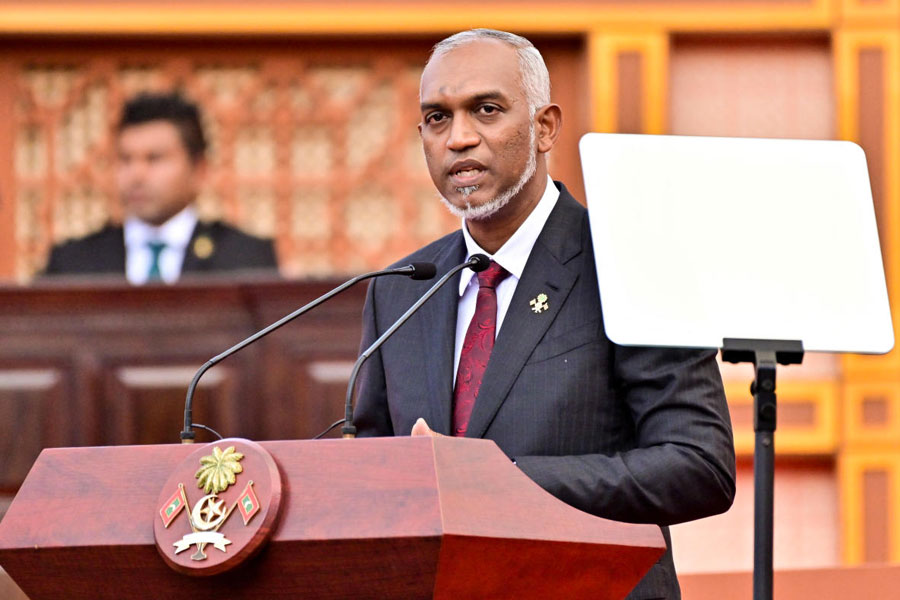Kate Middleton has long been a magnet for unproven rumors: She pressured an art gallery to remove a royal portrait! She split from her husband! She changed her hairstyle to distract from pregnancy rumors! She did not give birth to her daughter!
This year, speculation kicked into overdrive. Middleton — now Catherine, Princess of Wales — has lain low since Christmas. Kensington Palace said she was recovering from “a planned abdominal surgery” and unlikely to resume royal duties until after Easter. Conspiracy theorists had other, more sinister ideas. The only explanation for the future queen’s long absence, they said, was that she was missing, dying or deceased, and that someone was trying to cover it up.
“KATE MIDDLETON IS PROBABLY DEAD,” read one post on X, with the text flanked by skulls and screaming emoji.
In her invented death, the princess joins a host of other celebrities and public figures — from President Joe Biden to Elon Musk — who scores of online detectives have declared in recent months to be clones, body doubles, artificial intelligence-generated avatars or otherwise not the living, breathing people they are.
For many of the people pushing the falsehoods, it is harmless fun: casual gumshoeing that lasts only a few clicks, a bonanza for meme generators. Others, however, spend “countless hours” on the pursuit, following other skeptics down rabbit holes and demanding that celebrities provide proof of life.
Whatever the motivation, what lingers is an urge to question reality, misinformation experts say. Lately, despite extensive and incontrovertible evidence to the contrary, the same sense of suspicion has contaminated conversations about elections, race, health care and climate.
Much of the internet now disagrees on basic facts, a phenomenon exacerbated by intensifying political polarization, distrust of institutions such as news and academia as well as the rise of artificial intelligence and other technologies that can warp people’s perception of truth.
In such an environment, celebrity conspiracy theories became a way to take control of “a really precarious, scary and unsettling moment,” said Whitney Phillips, an assistant professor of media ethics and digital platforms at the University of Oregon.
In recent weeks, frenzied online chatter claimed that Kate was dead or even in an induced coma — a rumor dismissed by the palace as “ludicrous.” Internet sleuths declared that photos of Kate in cars with her mother and husband were actually another woman who lacked the princess’s facial moles.
Last week, the palace sparked more conjecture with a Mother’s Day image of the royal with her three children. Inconsistencies in the clothing and background of the portrait led to rumors that the image had been lifted from old photos in an attempt to hide her true whereabouts. By the time Kate apologized for editing the image, the #WhereIsKateMiddleton hashtag was spreading on social media.
Another video of Kate and her husband at a store in recent days was combed over by conspiracy theorists who said she looked too blurry, too healthy, too thin, too flat-haired, too unprotected by bodyguards to really be the princess. This week, after a video showing the Union flag at half-staff at Buckingham Palace began circulating, social media users interpreted the footage as a sign that either the princess or King Charles III, who has cancer, had died. The video turned out to be of a building in Istanbul in 2022, after Queen Elizabeth II died.
Recycled footage, easy-to-make computer-generated images, a general reluctance by most audiences to fact check easily debunked claims and even foreign disinformation efforts can help fuel doubt in celebrities’ existence or independence. There are rumors that Biden is played by several masked actors, including Jim Carrey. Musk is one of up to 30 clones, according to rapper Kanye West (himself often said to be a clone). Last year, Russia’s president, Vladimir Putin, was confronted during a streamed news conference by an AI-generated version of himself asking about his rumored body doubles.
Peeks into celebrities’ lives were once carefully curated and rationed through a limited set of media outlets, said Moya Luckett, a media historian at New York University. Few public figures faced the kind of uproar that Paul McCartney did in 1969, when a rumor circulated that the Beatle had died years earlier and had been replaced by a doppelgänger. The supposed evidence — winking lyrics and secret messages in reversed tracks on Beatles songs — so enthralled the public that McCartney sat through multiple interviews and photo shoots to prove his presence on the mortal coil.

John Lennon and Paul McCartney, two members of The Beatles, appear during a press briefing at the Americana Hotel in New York, on May 14, 1968. In 1969 rumors that McCartney had died enthralled the public. Neal Boenzi/The New York Times
These days, celebrity content is widely and constantly available. Public engagement is a crucial (and often solicited) part of the publicity apparatus; privacy is not. Reality is retouched and run through filters, allowing some public figures to appear ageless while sparking unreasonable suspicions about those who don’t.
When fans believe a famous person to be in distress, cracking the case is treated as a communal bonding activity born of “a sense of entitlement under the guise of concern,” Luckett said. She calls the practice “concern trolling.”
“It’s about wanting to control how this person responds to me, wanting to be part of their narrative: I’ve already exhausted all the information that’s been out there, and now I need more,” she said, noting that a similar impulse animates the current obsession with true crime tales. “I don’t think it’s necessarily that you want to rescue or help.”
Conspiracy theory peddlers are not necessarily believers: Some of the top voices behind voter fraud lies have admitted in court that their claims were false. Ed Katrak Spencer, a lecturer in digital cultures at Queen Mary University of London, said publicly trying to unmask a bogus celebrity could feel playful.
This month, a years-old conspiracy theory involving singer Avril Lavigne resurfaced in a tongue-in-cheek podcast from comedian Joanne McNally, who named her first episode “What the Hell.” The claim — that Lavigne died and was supplanted by a doppelgänger — originated from a Brazilian blog called “Avril Está Morta,” or “Avril Is Dead,” which itself noted “how susceptible the world is to believing in things, no matter how strange they seem.” In 2017, more than 700 people signed an online petition pushing Lavigne and her double to provide “proof of life.”
“Fans are themselves vocal performers; the web and especially TikTok are platforms for performance,” Spencer said. “It’s more about content creation and circulation, with all of this existing as a kind of scene. It’s about the attention economy more than anything else.”
The New York Times News Service










